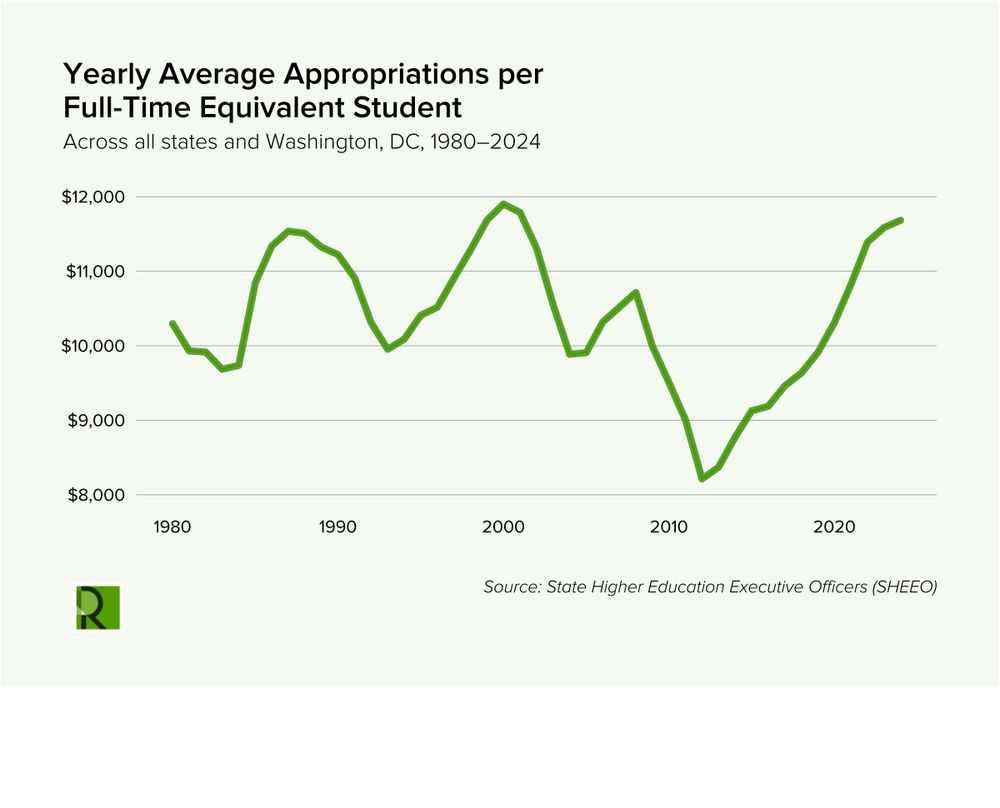Roosevelt Institute
@rooseveltinstitute.org
15K followers
890 following
1.5K posts
Advancing ideas that rebalance power in our economy and democracy. www.rooseveltinstitute.org
Posts
Media
Videos
Starter Packs
Pinned
Reposted by Roosevelt Institute
Reposted by Roosevelt Institute
Reposted by Roosevelt Institute
Reposted by Roosevelt Institute
Reposted by Roosevelt Institute
Reposted by Roosevelt Institute
Reposted by Roosevelt Institute




















